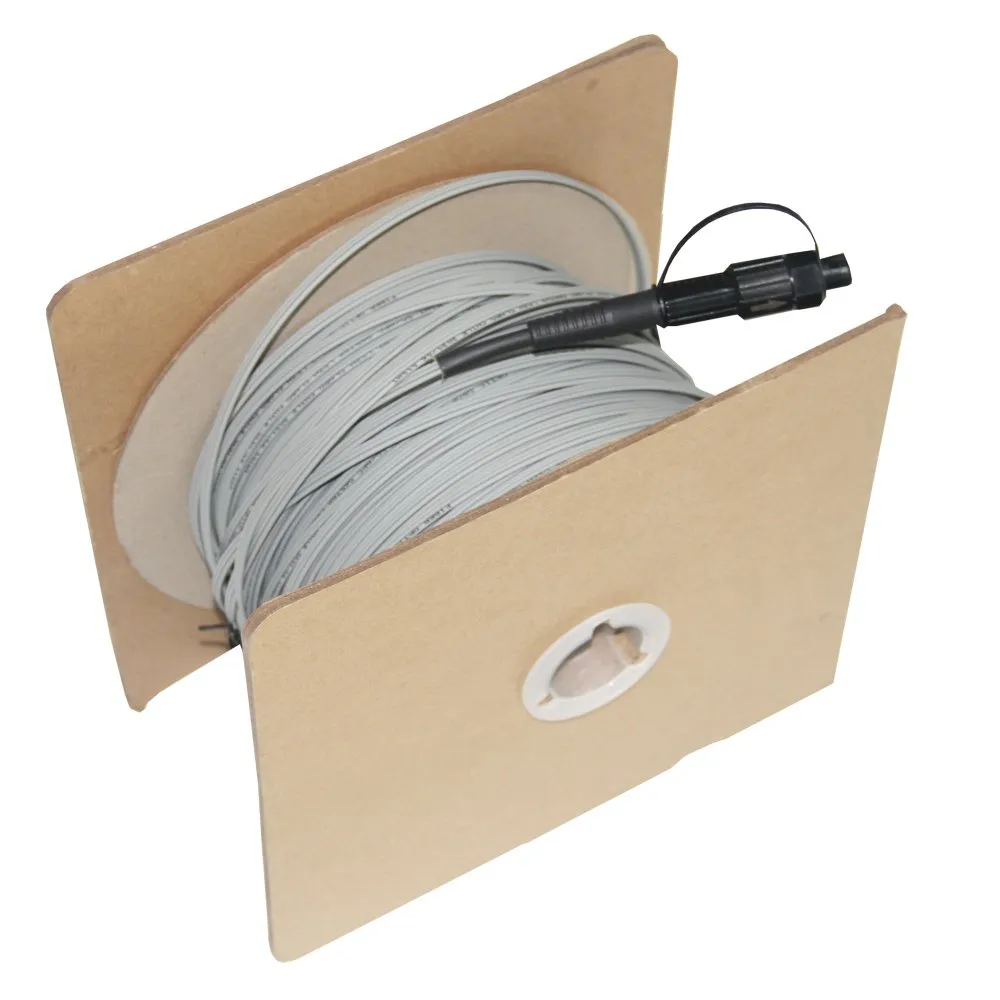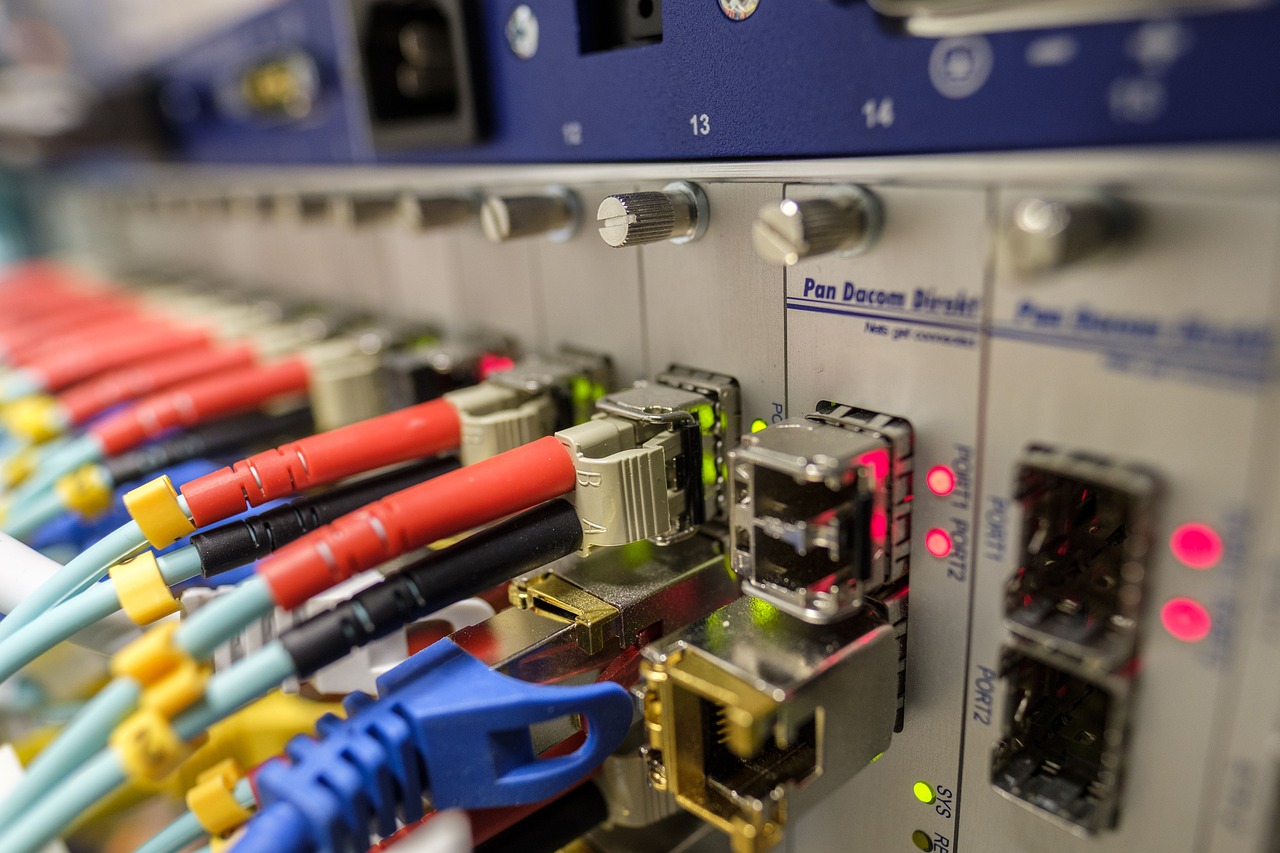Finding 1FO SM G657.A2 FastConnect Flat Drop Cable Assembly for FTTH Applications

Introduction to FTTH and Its Importance
Fiber to the Home (FTTH) refers to the installation and use of optical fiber from a central point directly to individual buildings such as residences, apartments, and businesses to provide high-speed internet access. The basic understanding of FTTH lies in its capability to deliver faster internet speeds and more reliable connections compared to traditional copper-based systems. This technology plays a crucial role in modern internet usage by enabling seamless streaming, online gaming, video conferencing, and large file downloads.
The benefits of FTTH in modern internet usage are substantial. With its ability to transmit data at incredibly high speeds, FTTH ensures that users can enjoy uninterrupted streaming of high-definition content, lag-free online gaming experiences, and swift downloads of large files. Furthermore, FTTH offers enhanced reliability and efficiency by minimizing signal interference and degradation over long distances.
In today's digital age, where connectivity is paramount for various activities, FTTH is undeniably the future of internet connectivity. Its capacity for high-speed data transmission caters to the increasing demand for bandwidth-intensive applications while ensuring consistent reliability and efficiency in delivering a seamless online experience.
Understanding 1FO SM G657.A2 FastConnect Flat Drop Cable Assembly
Breaking Down the Components
When it comes to the 1FO cable, it consists of a single optical fiber that is designed for high-speed data transmission. The key components include the core, which carries the light signals, and the cladding, which reflects the light back into the core to prevent signal loss. Additionally, the G657.A2 fiber is a specific type of optical fiber known for its bend insensitivity and compatibility with various network architectures.
Advantages of Using 1FO SM G657.A2 in FTTH
The utilization of 1FO SM G657.A2 in FTTH offers several advantages. Firstly, it provides enhanced performance in tight bends, allowing for more flexible installation within confined spaces without compromising signal quality. This feature is particularly beneficial when navigating through challenging building layouts or urban environments where space is limited. Moreover, its compatibility with existing infrastructure ensures seamless integration with pre-existing optical networks, reducing the need for extensive modifications during installation.
The Role of FastConnect Technology in Fiber Optic Communications
Fiber optic communications rely on advanced technologies to ensure efficient and reliable connectivity. FastConnect technology represents a significant advancement in the field, revolutionizing the way fiber optic cables are installed and utilized.
What is FastConnect?
FastConnect technology encompasses a set of innovative solutions designed to streamline the installation process of fiber optic connections. It offers an intuitive approach to terminating optical fibers, simplifying the intricate task of splicing and connectorization. This technology is engineered to expedite the deployment of fiber optic networks while maintaining exceptional precision and performance.
Overview of FastConnect Technology
FastConnect technology introduces user-friendly connectors that facilitate swift and accurate terminations. These connectors feature pre-polished ferrules, eliminating the need for time-consuming polishing procedures during installation. Additionally, specialized mechanical splice units enable seamless fusion between optical fibers, ensuring minimal signal loss and optimal transmission capabilities.
How FastConnect Simplifies Installations
The implementation of FastConnect significantly reduces the complexity and duration of fiber optic cable installations. By incorporating pre-assembled components with precise alignment features, this technology minimizes the intricacies associated with traditional termination methods. As a result, installers can achieve rapid and reliable connections without compromising on quality or performance.
Benefits of FastConnect in FTTH Applications
The integration of FastConnect technology yields several notable benefits in Fiber to the Home (FTTH) applications, enhancing both operational efficiency and end-user experiences.
Reducing Installation Time
By streamlining termination processes and eliminating intricate polishing requirements, FastConnect expedites installation timelines. This accelerated deployment enables service providers to swiftly extend high-speed internet access to residential and commercial properties, meeting growing connectivity demands effectively.
Minimizing Potential for Errors
The precision-engineered components within FastConnect solutions mitigate the risk of human error during installations. With standardized assembly procedures and simplified connectorization techniques, the potential for signal disruptions or performance inconsistencies is significantly reduced, ensuring robust and dependable fiber optic communications.
Choosing the Right 1FO SM G657.A2 Cable for Your FTTH Project
When embarking on an FTTH project, it is crucial to consider various factors to ensure the selection of the most suitable 1FO SM G657.A2 cable for seamless connectivity and optimal performance.
Factors to Consider
Assessing your Project's Requirements
Before choosing a 1FO SM G657.A2 cable, carefully assess the specific requirements of your FTTH project. Consider factors such as the distance of fiber optic cable runs, the number of connections needed, and the environmental conditions in which the cables will be installed. Understanding these requirements is essential for selecting cables that align with the project's technical specifications and performance expectations.
Understanding Local Regulations and Standards
Local regulations and standards play a pivotal role in determining the type of fiber optic cables permissible for use in FTTH projects. Familiarize yourself with relevant regulations governing cable specifications, installation methods, and safety standards. Adhering to these guidelines ensures compliance with industry best practices and promotes the deployment of reliable and secure fiber optic networks within your locality.
Tips for Finding Quality Suppliers
Researching and Comparing Suppliers
Conduct thorough research to identify reputable suppliers offering 1FO SM G657.A2 cables tailored to FTTH applications. Compare product offerings, pricing structures, and delivery timelines across multiple suppliers to make an informed decision. Look for suppliers with a proven track record of delivering high-quality fiber optic solutions backed by industry certifications and customer satisfaction.
Evaluating Product Reviews and Testimonials
Explore product reviews and testimonials from other FTTH project implementers who have utilized 1FO SM G657.A2 cables from prospective suppliers. Assess feedback related to product reliability, performance consistency, and after-sales support. Leveraging insights from existing customers can provide valuable guidance in selecting a trusted supplier capable of meeting your specific FTTH requirements.
See Also
Comprehending the Mini SC FastConnect Field Connector for SM G657.A2 Fiber
Exploring the Waterproof Field Assembly Fast Connector for Outdoor FTTH
Becoming Proficient in Fiber Optic Communication: Applying Nylon Cable for FTTR
Key Elements of Outdoor IP68 FTTX 10 Ports Non-open Pre-connectorized Fiber Access Terminal Box
Grasping the SC/APC Single-Mode Fiber Optic Connector for FTTH


